Google Pixel 3a & 3a XL Review
There was a time when Google challenged the status quo and defied it, ushering in a short renaissance in the mobile space that eventually made us rethink what it is that makes up a flagship smartphone. The days of the low-cost Google Nexus 4 and 5 are long behind us, and rather than that trend continuing, we’ve seen nothing but the opposite with manufacturers pushing out more and more expensive smartphones.
This applies to Google as well, whose line of Pixel phones has always been sold at premium prices. With the smartphone space being so busy with $1000 phones these days, it finally seems like it's time for the mid-range category to receive some much-needed love. And guess what, it's Google again that is doing that with the new Pixel 3a and 3a XL phones – for the first time, the Pixel brand is expanding to a more affordable market segment!
In the box:
- Google Pixel 3a or Pixel 3a XL
- SIM removal tool
- Wall Charger
- USB Type-C Cable
- Quick Start Guide
- Pixel decals
Design
The plastic body doesn't take away from the look and feel
Sure, we’ve seen other phones in this price range sporting designs that are arguably more premium, but Google’s intent here instead is to maintain an identity. And you know what? It works out because you can easily tell it’s a Pixel! From the camera lenses protruding out to the fingerprint sensors on the back, the button placements, and Google logos, these new Pixels could easily be mistaken for their flagship counterparts – and that’s not a bad thing!
What’s rather odd, though, is that Google opted to bring back the headphone jack with these phones. This addition should please many people, offering the convenience of being able to enjoy their favorite pair of headphones without the need of an adapter or dongle. They also feature a dual speaker system, as the one on the bottom edge combines with the one from the earpiece to deliver a stereo output. And lastly, it’s worth pointing out that neither phone offers any sort of water resistance or wireless charging, which shouldn’t come as a shock because these features are still typically reserved for higher-end devices.
What is missing, though, is an LED notification light. You can choose to use the Always-on display to see if you have missed notifications, but that will use extra battery.
Display
Three color modes to find the right tone for you

Interface and functionality
Just Android 9 Pie, hopefully to soon be replaced by Android 10 Q
In fact, we even get other features like Google Assistant’s Call Screen feature, as well as Active Edge that summons up Google Assistant in an instance when we squeeze on the sides of the phone. But above all, it’s the fact that these mid-rangers, much like their flagship counterparts, will be among the first phones to get the next, iterative update for Android. And there’s not going to be a long wait for that either, which is something that many phones can’t claim.
Processor and performance
System navigation is fine, but the Snapdragon 670 is no number-cruncher
Camera
The critically acclaimed Pixel 3 camera at half the price
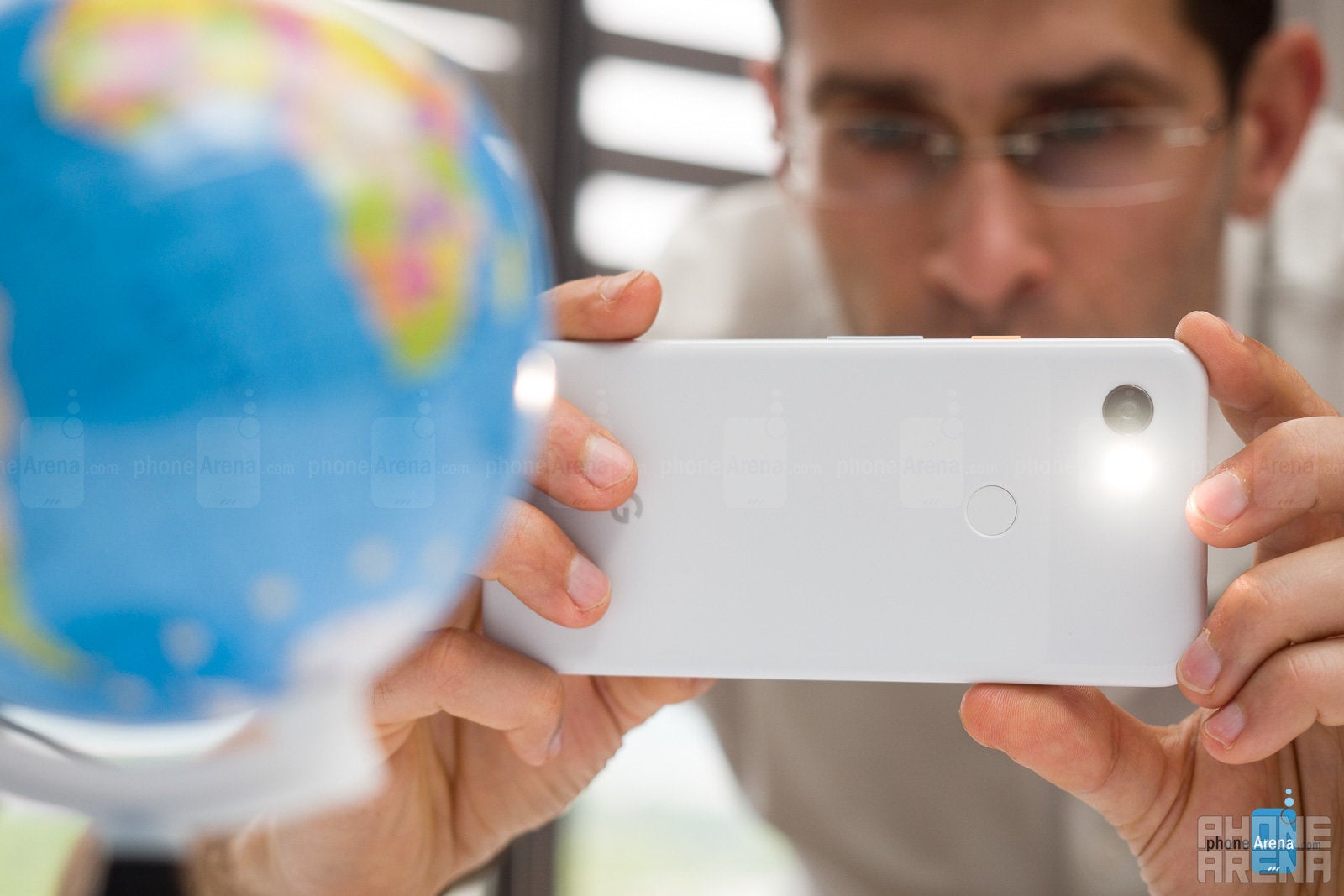
Pixel 3a
Most of today’s phones, mid-range devices included, tend to offer at least dual cameras – with flagships getting treated to triple camera systems! Google’s confidence in its image processing and AI enhancements is apparent with this gesture, trying to show the masses that the single camera setup in these phones are equally capable! Best of all, the same features in the flagship Pixel line are here as well – consisting of portrait effects, HDR+, Night Sight for superior low-light performance, and Google Lens integration.
Image Quality
The only qualm we have with the experience of taking snapshots with these new Pixels is the image processing delay you get when you start shooting photos in succession. That’s a compromise one has to live with, of course, but we’ll gladly accept it given the excellent overall performance out of their cameras! There’s no shortage of details or punchy-looking colors under ideal lighting. Saturation may be a bit more aggressive under artificial lighting, but the end result still reels us in. Whatever magic is happening behind the scenes, we can’t complain because the results are pretty strong.
Selfies
We’re fans of the front-facing cameras, seeing that they deliver top-notch results as well! When the lighting is good, the selfies come out amazing. They’re accompanied by good details with a little bit of sharpening applied. Add to that some punchy-looking color tones, and what we get here with these new Pixels are selfies worth taking over and over again. In low-light situations, they’re underexposed to the point that details are lost. Thankfully, Night Sight comes to the rescue once again by increasing the exposure and adding some much-needed color tones to the composition.
Video Quality
Equally impressive is the video recording performance! Topping out at 4K 3840 x 2160 pixels, these new Pixels continue to show us that they’re full of surprises. Similar to their still-shot performance, videos are presented in glory with their rich details and accurate colors. More importantly, though, there’s an option in the settings for video stabilization that smoothens out the footage to give it that ‘walking on air’ look.
If there’s one sore spot in their performance, the only area of opportunity that we can see is with video recording under low light. In extreme conditions, videos appear very noisy and soft. Fine details are almost non-existent, appearing more like gobs than anything else – while noise becomes a nagging factor in the shadows.
Call Quality
Being mid-rangers, it’s comforting to know that these Pixels don’t have too many compromises when it comes to making phone calls. For the most part, voices sound fine through the earpiece, while the speakerphone is pretty clear and strong. Our callers were also able to discern our voices on their end, with minimal distortion too.
Battery life
Respectable longevity
Conclusion
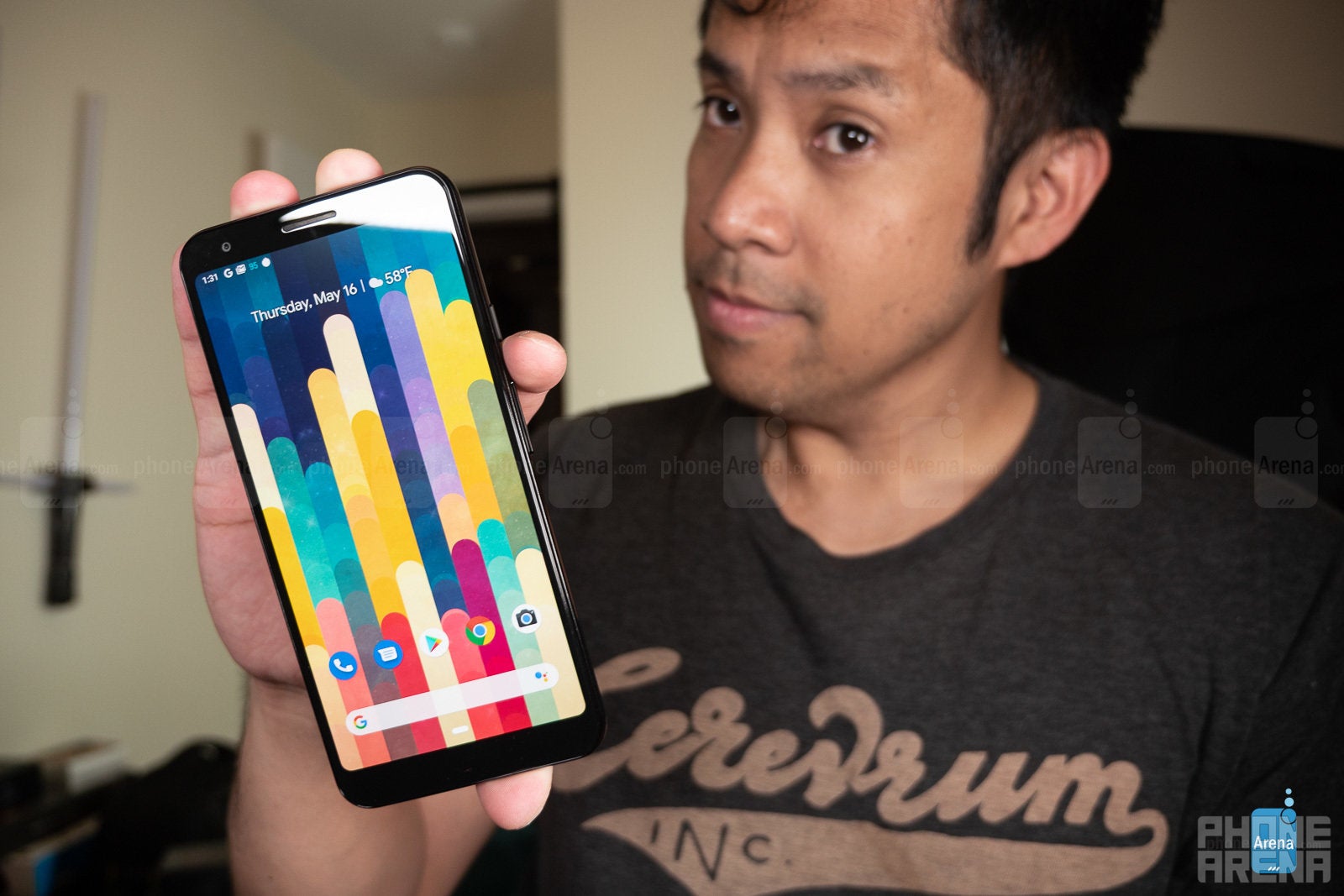
Pixel 3a XL
With starting prices of $399 and $479 for the Pixel 3a and Pixel 3a XL, respectively, they show to all of us that you don’t need to spend a fortune to get a great phone experience. They excel in all the important areas like taking photos, offering long battery life, and fluid responses navigating around the software.
The Pixel 3a and 3a XL are not here to replace our beloved $800 – 1000 flagships; they are not even competitors to the OnePlus phones. But they are, indeed, great options if you're on the lookout for a more affordable smartphone with great camera performance and clean Android.


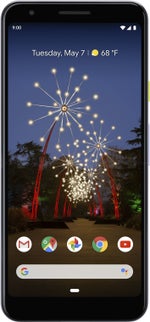
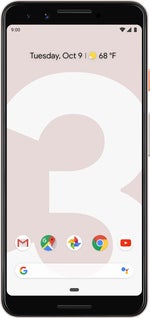
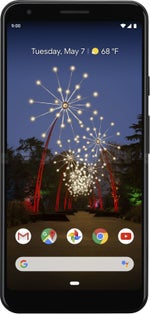
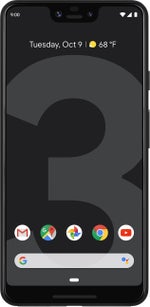
















![Verizon accused of taking punitive actions against customers who file complaints against it [UPDATED]](https://m-cdn.phonearena.com/images/article/172661-wide-two_350/Verizon-accused-of-taking-punitive-actions-against-customers-who-file-complaints-against-it-UPDATED.webp)
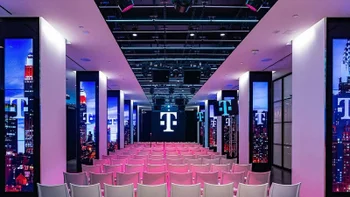
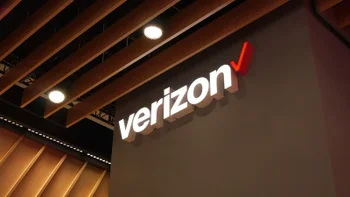
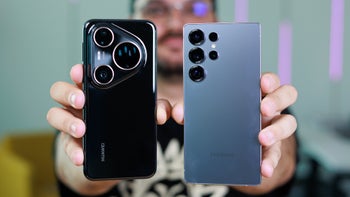

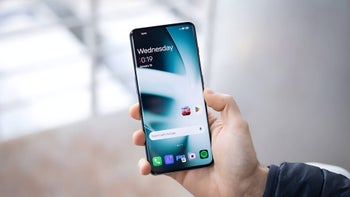

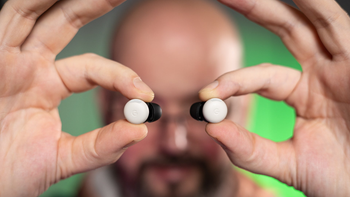



Things that are NOT allowed:
To help keep our community safe and free from spam, we apply temporary limits to newly created accounts: